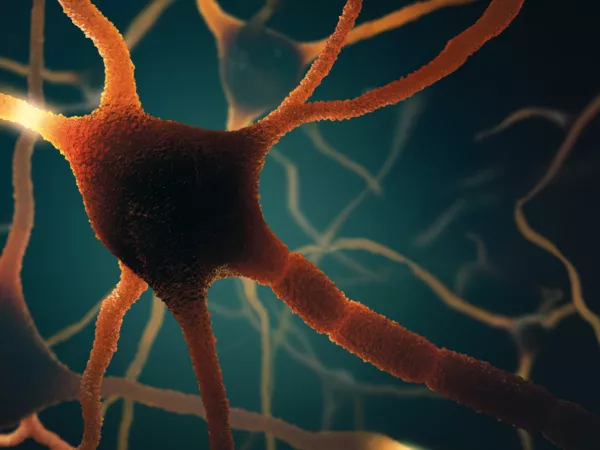EDITORIAL
Published on 04 May 2016
Editorial: Non-invasive Brain Stimulation and Plasticity Changes in Aging
doi 10.3389/fnagi.2016.00096
- 2,884 views
- 3 citations
21k
Total downloads
98k
Total views and downloads
Select the journal/section where you want your idea to be submitted:
EDITORIAL
Published on 04 May 2016
REVIEW
Published on 10 Aug 2015
ORIGINAL RESEARCH
Published on 05 Jun 2015
ORIGINAL RESEARCH
Published on 07 May 2015
ORIGINAL RESEARCH
Published on 09 Mar 2015
ORIGINAL RESEARCH
Published on 20 Oct 2014
ORIGINAL RESEARCH
Published on 23 Sep 2014
ORIGINAL RESEARCH
Published on 07 Aug 2014
ORIGINAL RESEARCH
Published on 24 Jun 2014

ORIGINAL RESEARCH
Published on 10 Mar 2014
REVIEW
Published on 20 Dec 2013
